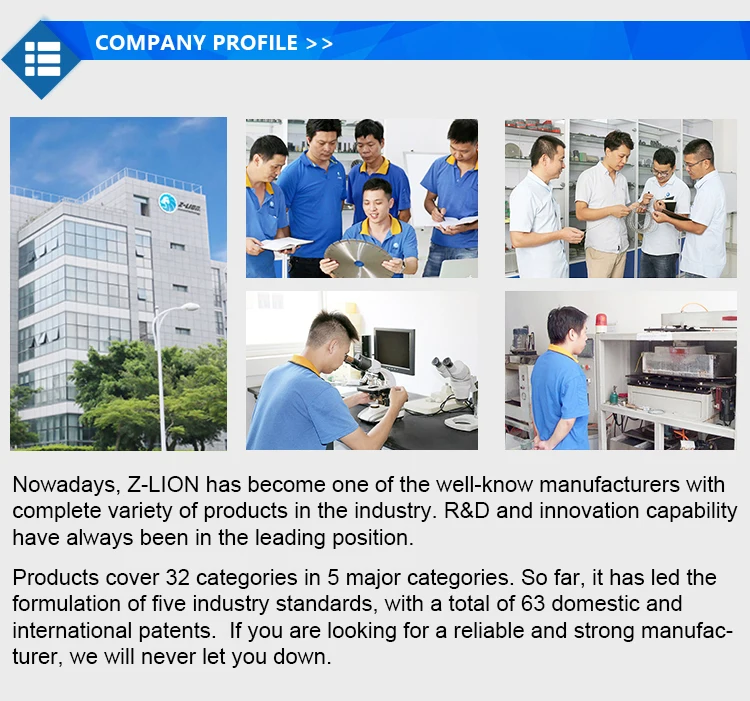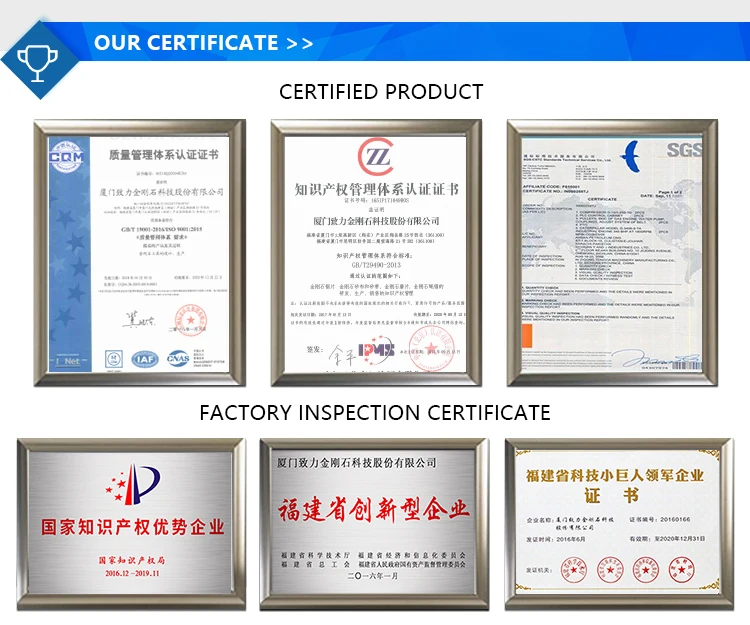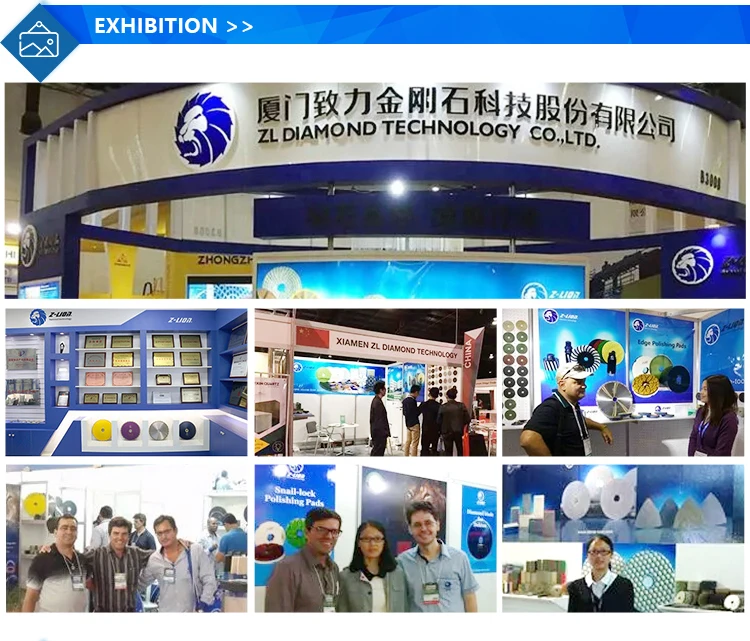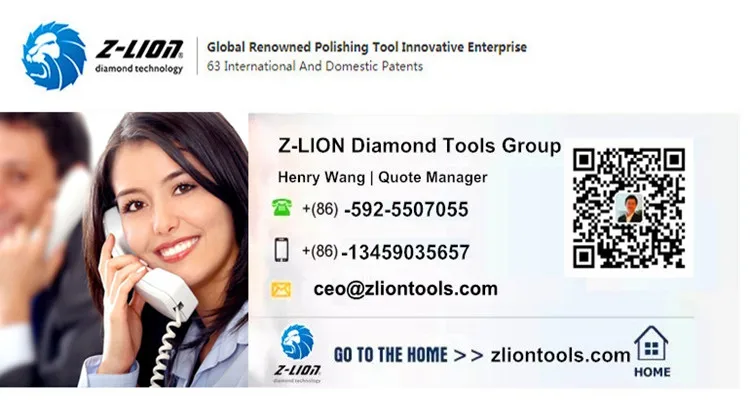Key words: CVD diamond, 3D glass, ceramic
Abstract: With the outbreak of the 3D glass market, the excellent performance of graphite materials in the application of 3D glass hot bending molds has been unanimously recognized by the industry. Due to the high abrasiveness and toughness of graphite materials, the processing environment of graphite molds is very demanding. Strict, to ensure that graphite molds have good...
With the full outbreak of the 3D glass market, the excellent performance of graphite materials in the application of 3D glass hot bending molds has been unanimously recognized by the industry. Due to the high abrasiveness and toughness of graphite materials, the processing environment of graphite molds is very strict. In order to ensure that the graphite mold has good precision, smoothness and stability, in addition to the need to quiet in the body and the dust absorption capacity of the fuselage itself, the graphite processing tool has become the most important part of the processing process. It is necessary to select the tool suitable for high-speed machining. Improve durability, reliability and safety, and combine tool base and coating materials with tool and workpiece material.

After continuous experiment and verification of various tool materials, the service life of CVD diamond coated tools is 8 to 10 times that of cemented carbide. The allowable cutting speed of CVD diamond coated tools is 2 to 3 times higher than that of cemented carbide tools. Sharp edge and good consistency, low friction factor, high-speed and high-precision machining of thin-walled graphite molds at high speed and low feed, while the service life of CVD diamond coated tools is affected by various graphite processing manufacturers in many tool materials. Favor!
Chemical Vapor Deposition (CVD) diamond coating has many excellent properties such as high hardness, high thermal conductivity, low friction and low expansion coefficient of natural diamond. When processing brittle materials such as graphite and carbon fiber composite materials, It has become the surface coating for cutting tools and has demonstrated excellent performance in terms of improved tool life and processing quality.
Depending on the grain size, CVD diamond coatings can be divided into micro-diamond coatings and nano-diamond coatings. The grain size of the micron diamond coating is usually between 500 nm and several micrometers. It is formed by the competitive growth of columnar diamond grains. It has excellent properties such as high hardness and good surface wear resistance, which can significantly reduce the tool wear rate. Improve tool life. However, the surface of the micro-diamond coating is rough (Ra value is usually several hundred nanometers), the coating toughness and crack propagation resistance are poor, and the surface crack easily spreads along the grain boundary region, causing the coating to fall off, so that the surface of the tool is not reached. The coating has fallen off before the blunt standard. The nano-diamond coating consists of nano-scale diamond grains distributed in clusters. The grain size is usually below 100 nm and the surface smoothness is good (Ra value is less than 100 nm), which can significantly reduce the friction during the cutting process. Reduce cutting force and cutting heat and increase tool life. The nano-diamond coating has good crack propagation resistance. However, compared with micro-diamond, it has relatively low bonding strength with the matrix, and it is prone to abnormal failure such as coating peeling during processing.
The main basis for diamond coating tool selection is the properties of the workpiece material and the processing quality requirements. For EDM graphite mold processing, the essence of the milling process is similar to the "grinding" process. In this case, the number of "micro-edges" of the tool surface is required and wear-resistant. A micro-diamond coating with a larger grain size should be selected. For molds used in ceramic processing, the surface finish is required to be high, and a nano-diamond coating should be used in the finishing stage. In the processing of aluminum alloy, the "sticking knife" phenomenon is more serious than the tool wear. At this time, the requirements for the wear resistance of the tool are relatively low, and a nano-diamond coating with a low friction coefficient should be selected. For carbon fiber composite materials, micro/nano composite diamond coating should be adopted because the fiber material itself has strong abrasive performance, which requires the tool to have good wear resistance and reduce the cutting force and cutting heat during the processing. In particular, the choice of the thickness of the diamond coating is not "the thicker the better", the improvement of the wear resistance, the quality of the diamond coating is greater than the thickness.

-All diamond tools can be ordered and fabricated!
- Henry Wang | Quote Manager
Henry Wang | Quote Manager
-WhatsApp:+86-13459035657
-Email: ceo@zdiamondtools.com
-Web www.zdiamondtools.com
Company Profile

Certifications

Company Team

Exhibition

Logistics

FAQ
















